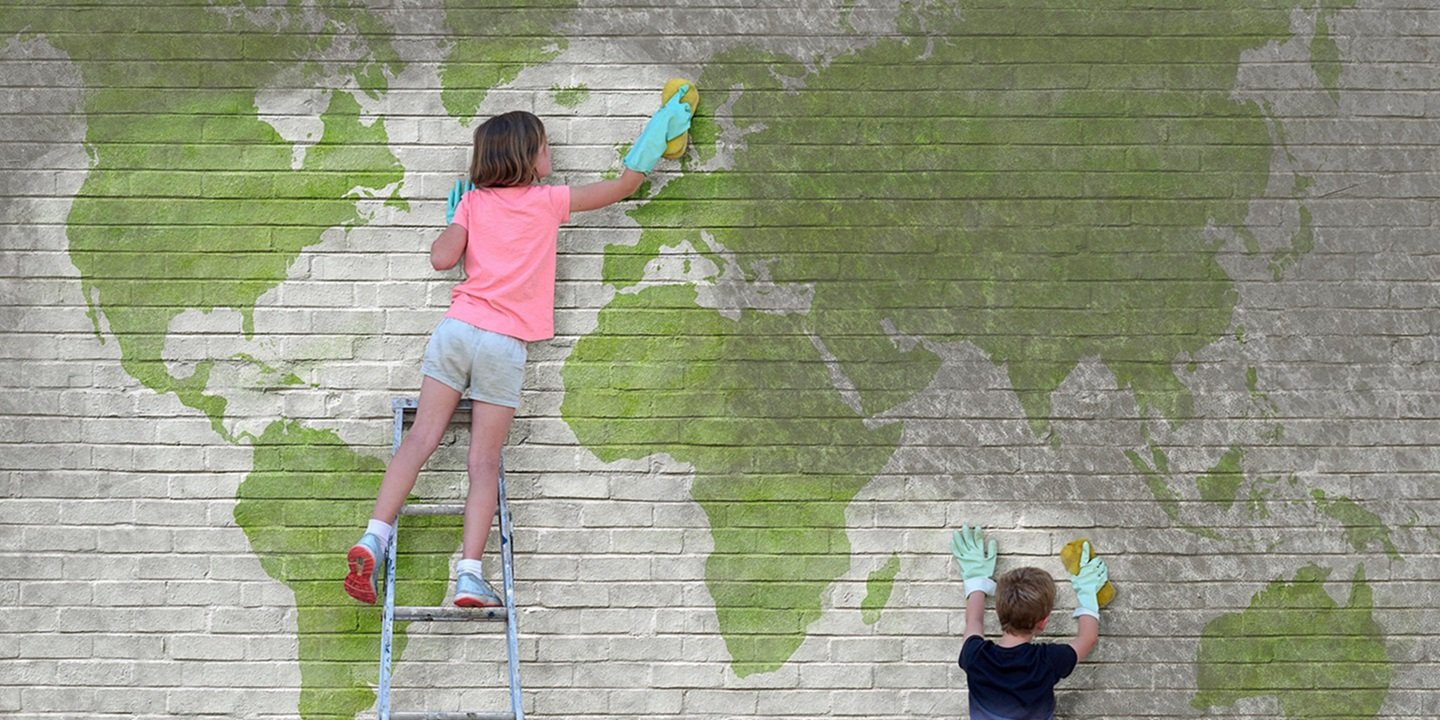Global Risk Report spells out top risks for 2025 and beyond
ArticleFebruary 24, 2025
Concerns over persistent economic uncertainty, growing economic and technological divides, and AI-driven misinformation/disinformation dominate the risks outlook for 2025, according to the World Economic Forum's Global Risks Report 2025.
"Misinformation and disinformation" ranked as the number one risk over a two-year time frame, while "extreme weather events” ranked second over the same time frame and topped the list of risks over a 10-year period.
The report, which was released January 15, presents the findings of the Global Risks Perception Survey (GRPS), which captures insights from over 900 global risks experts, policymakers and industry leaders surveyed from September to October 2024. The report analyzes 33 global risks through 3 timeframes, current year, 2-year and 10-year, to support decision-makers in balancing current crises and longer-term priorities.
A majority of respondents (52%) anticipate an unsettled global outlook over the short term (next two years). Another 31% expect turbulence and 5% a stormy outlook. Adding together these three categories of responses shows a combined 4 percentage point increase from last year, indicating a heightened pessimistic outlook for the world to 2027.
Compared to this two-year outlook, the landscape further deteriorates over the 10-year timeframe, with 62% of respondents expecting stormy or turbulent times. This long-term outlook has remained similar to the survey results last year, in terms of its level of negativity, reflecting respondent skepticism that current societal mechanisms and governing institutions are capable of navigating and mending the fragility generated by the risks we face today.
State-based armed conflict, now ranked as the #1 current risk by 23% of respondents. In a world that has seen an increasing number of armed conflicts over the last decade, national security considerations are starting to dominate government agendas.
Societal fractures are central to the overall risks landscape and is perceived as the most central risk of all, playing a significant role in both triggering and being influenced by other risks. It is contributing to weakening trust and diminishing our collective sense of shared values. Four societal risks feature in the top 10 of the two-year ranking while there are only two in the top 10 of the 10-year risk (Inequality and Societal polarization). This is an important pair of risks to watch, given how related they can be to bouts of social instability, and in turn to domestic political and to geostrategic volatility.
The outlook for environmental risks over the next decade is alarming – while all 33 risks in the GRPS are expected to worsen in severity from the two-year to the 10-year time horizon, environmental risks present the most significant deterioration.
Extreme weather events are anticipated to become even more of a concern than they already are. There is divergence in how Pollution is ranked by stakeholder, with the public sector placing Pollution as a top 10 risk in the 10-year ranking, but not the private sector. The report aims to fill awareness gaps by exploring under-appreciated pollutant risks that need to become more prominent in policy agendas by 2035.
Technological risks are still “under the radar”: concerns about Adverse outcomes of AI technologies are low in the risk ranking on a two-year outlook. However, this is one of the risks that climbs the most in the 10-year risk ranking compared to the two-year risk ranking.
Last, deepening divisions and increasing fragmentation are reshaping international relations and calling into question whether existing structures are equipped to tackle the challenges collectively confronting society. Most of the respondents believe that a Multipolar or fragmented order will emerge, in which middle and great powers contest, set and enforce regional rules and norms.
As divisions deepen and fragmentation reshapes geopolitical and economic landscapes, the need for effective global cooperation has never been more urgent. Yet, with 64% of experts anticipating a fragmented global order marked by competition among middle and great powers, multilateralism faces significant strain. Turning inward is not a viable solution.
Despite the challenges, the Report identifies the decade ahead as a pivotal moment for leaders to navigate complex, interconnected risks and address the limitations of existing governance structures. To prevent a downward spiral of instability – and instead rebuild trust, enhance resilience, and secure a sustainable and inclusive future for all – the Report recommends that nations should prioritize dialogue, strengthen international ties and foster conditions for renewed collaboration.
“The world continues to undergo significant structural transformations with AI, climate change, geopolitical shifts and demographic transitions," said North America Chief Risk Officer Ann Chai. "Known risks are intensifying and new risks are emerging – yet they also provide opportunities. Collective and coordinated actions play a huge role, but localized strategies are also critical for reducing the impact of global risks. And that’s where we can use our resources to support our customers on many fronts.”
